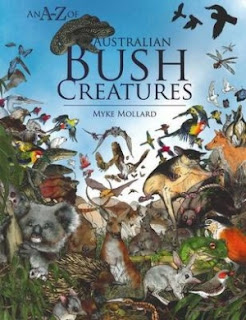Rich, complex, and confidently voiced.
Lucy's mum was a marine biologist. Lucy is just seven her mum dies suddenly. Move forward five years. Lucy does think about her mum but her grief is no longer raw although her dad is still struggling. Fred lives next door and he and Lucy are the very best of friends. It is the summer and Fred has signed up for a project. Fred has a science brain and he loves to research and write about the natural world. Lucy has a talent for drawing. The friends plan to make a field guide of all the marine animals in their seaside town. A local fisherman called Sookie has hooked a huge shark so the pair of friends head down to the harbour to investigate. Lucy and Fred find some research papers written by Lucy's mum which show she had planned to investigate the relationship between the increasing numbers of seals in the area and the rise of the shark population.
It looks like it will be a perfect summer then tragedy strikes and Lucy is left on her own to discover things about her mum, her dad, the importance of research into sharks, her beautiful friend Fred and of course herself.
"I'd always suspected that I was Fred's favorite person in the whole world. And he was mine. But neither of us had ever said that out loud. Not to each other."
I am not going to explain the title because it will give too much away except to give you a simple definition of the literal meaning.
Definition of Line Tender: The tender is the surface member of the diving team who
works closely with the diver on the bottom. At the start of a dive, the tender
checks the diver's equipment and topside air supply for proper operation and
dresses the diver.
Now look very closely at the cover. It is filled with sharks of all sizes and varieties.
Read this book to find out why I want to go out and buy heaps of postcards. I loved this aspect of the story. We never see the pictures on the postcards - only the messages but here is one of the images. I wanted to share this because I love loons! This has no connection with the story but if you are in Australia, like me, you may not be familiar with the loon.
The Line Tender has been on my wish list for more than a year. I've had a long wait for the arrival of the paperback edition. Just to make this clearer, in Australia the hardcover edition was approx $30 and the paperback $16.
When Colby Sharp talks about books I listen! He has impeccable taste and he keeps me up to date with new US releases. Talking about The Line Tender he says: "You are so happy as a reader but then you are just floored and crushed." "I don't think this is a book you will ever forget."
You can read Chapter Four (a very significant chapter) on the Penguin Random House web site. Here is an audio sample from Chapter one. Things to notice with this book. Each chapter begins with a sketch (by Lucy) of a shark; the dedication is to Rachel Carson "there is something infinitely healing in the repeated refrains of nature - the assurance that dawn comes after night, and spring after winter."
Look at all these accolades:
- A Publishers Weekly Best Book of 2019
- A School Library Journal Best Book of 2019
- A Kirkus Best Book of 2019
- A Shelf Awareness Best Book of 2019
- A Book Page Best Book of 2019
If you need more plot details click these reviews:
Spoiler alert - this is a very sad book. If you have read A Bridge to Terabithia; A Taste of Blueberries; Bird by Crystal Chan; or The thing about Jellyfish you will have some sense of the level of grief you may experience reading this book.










































































